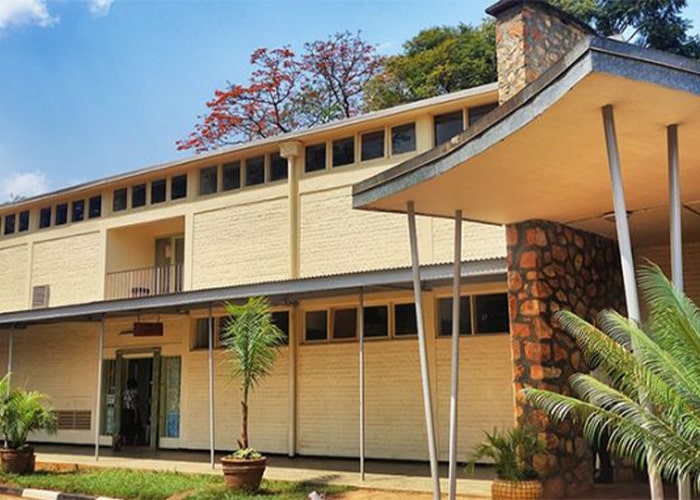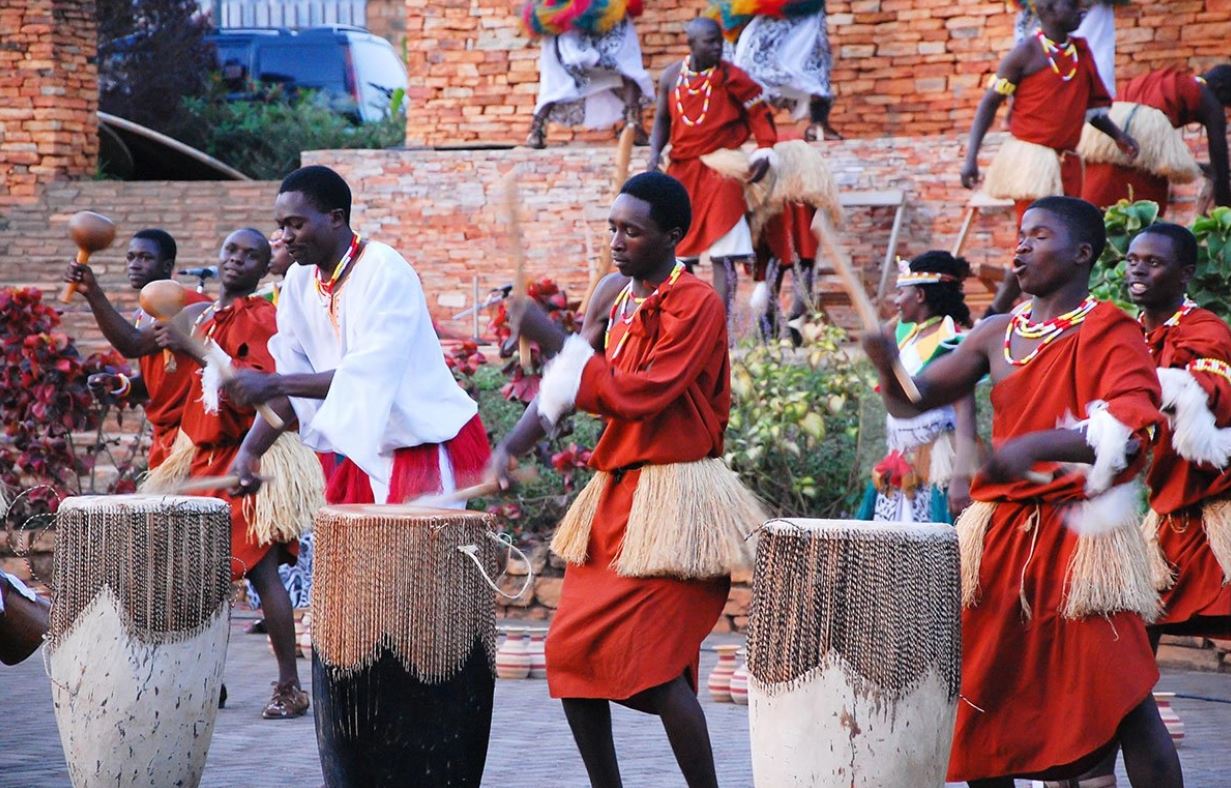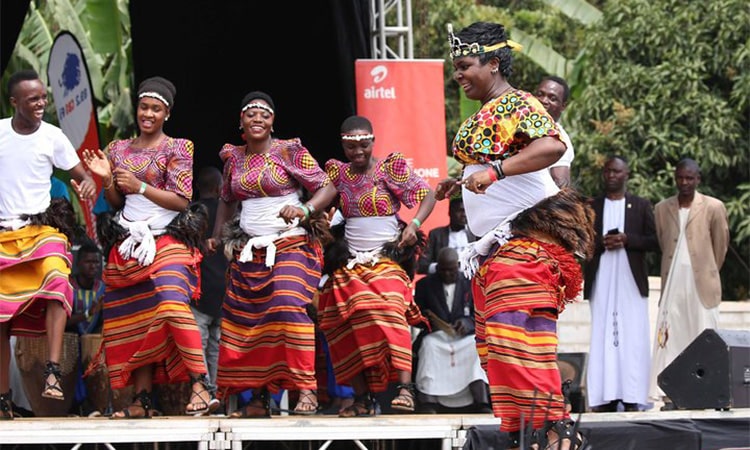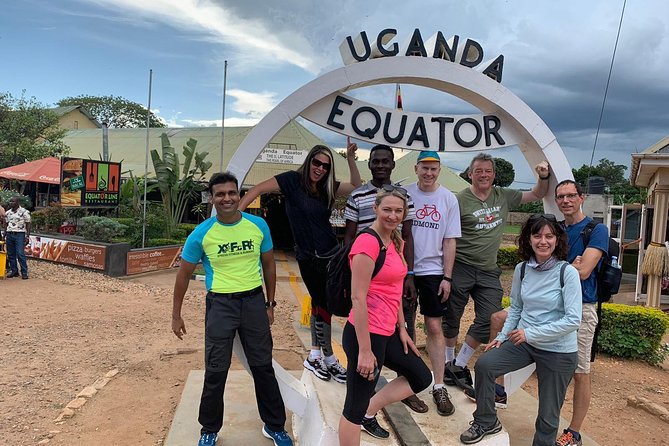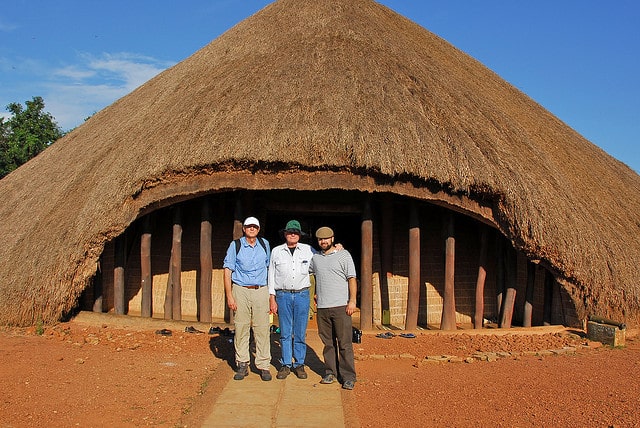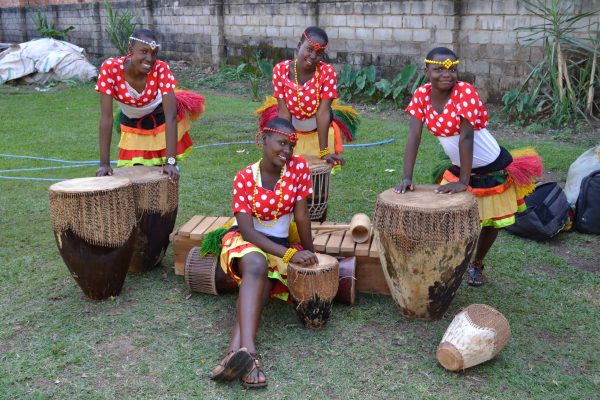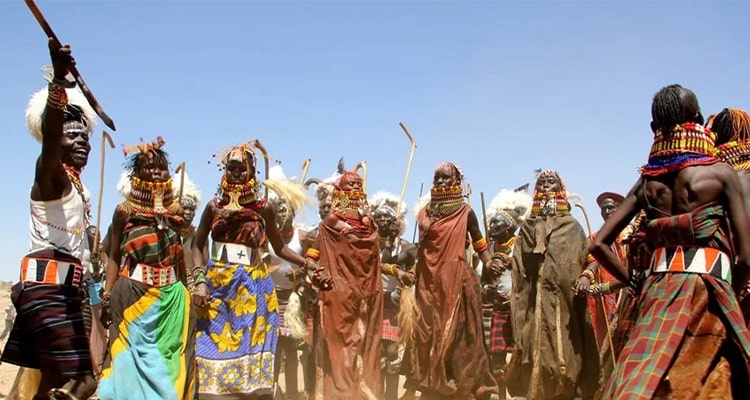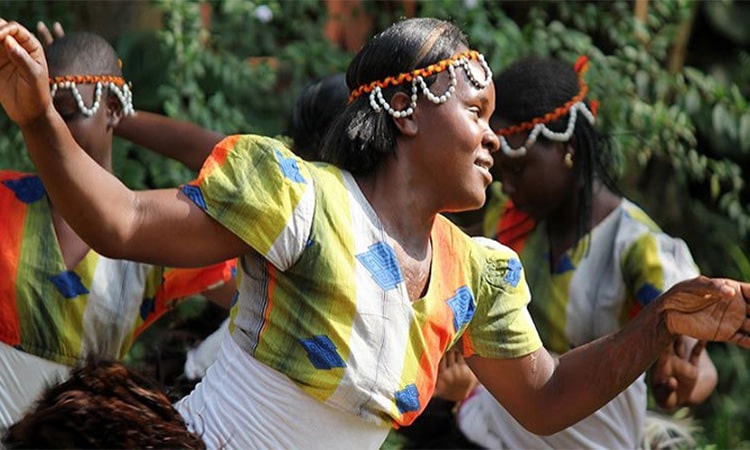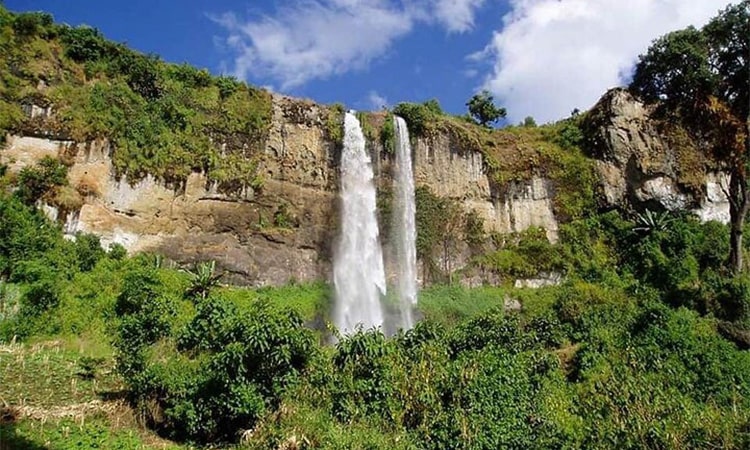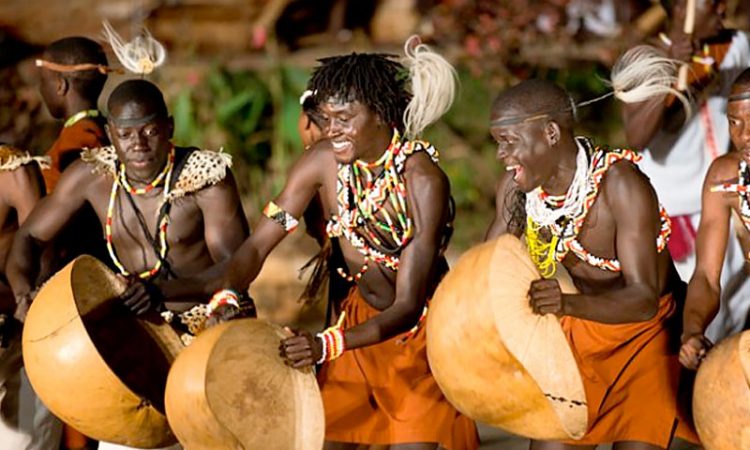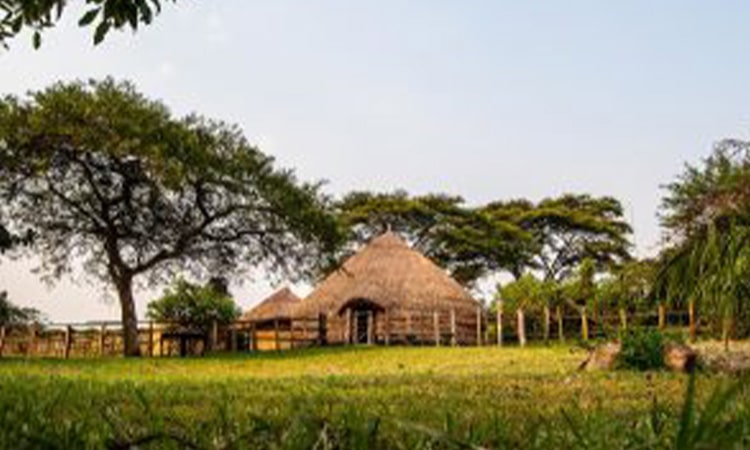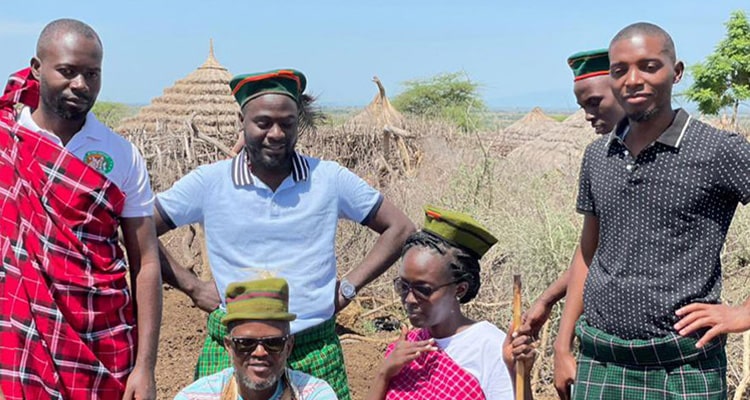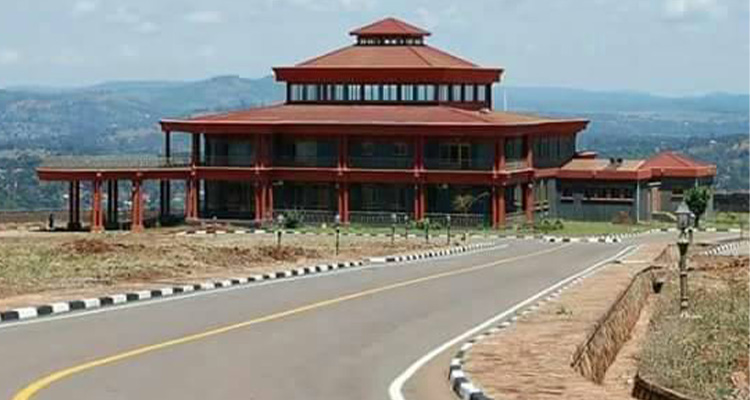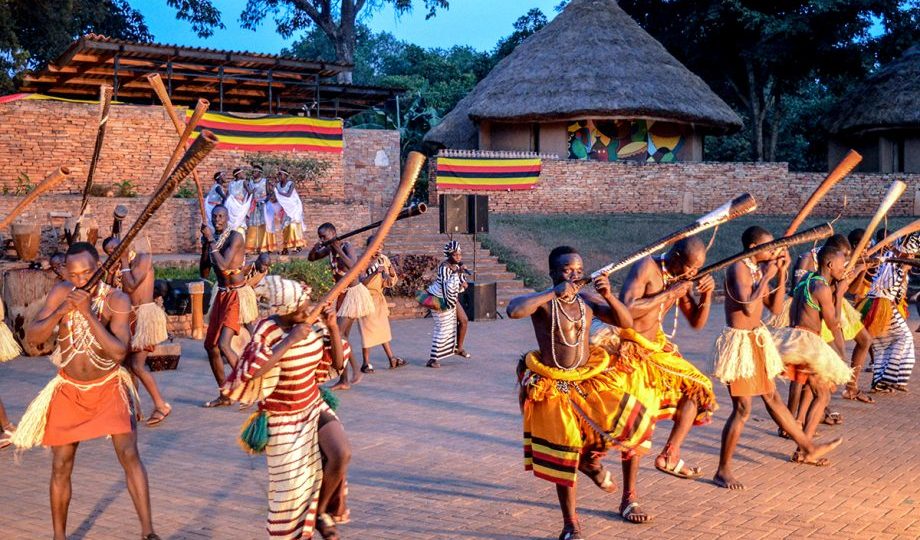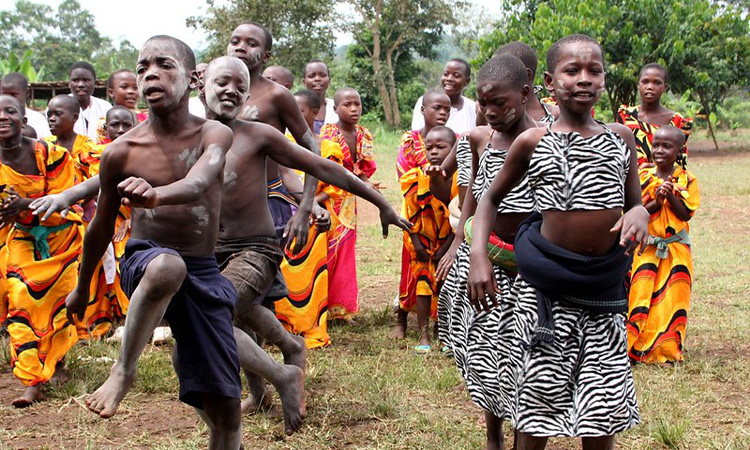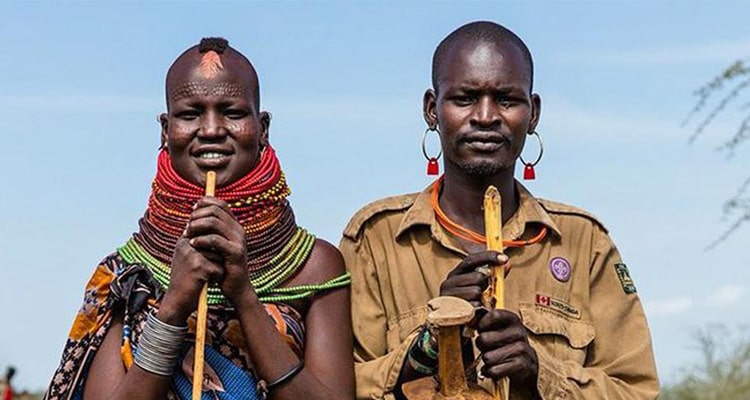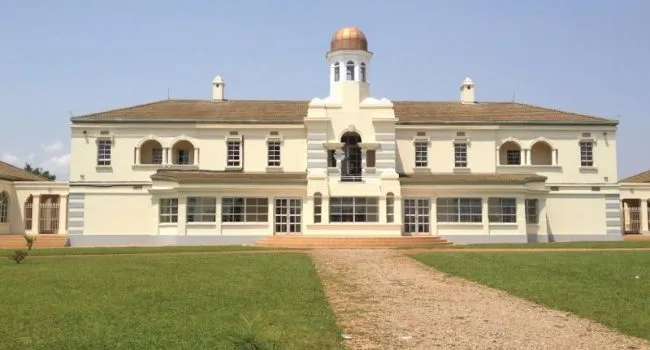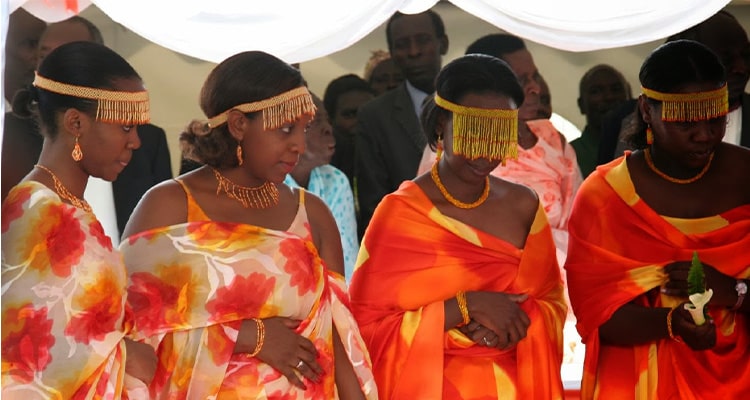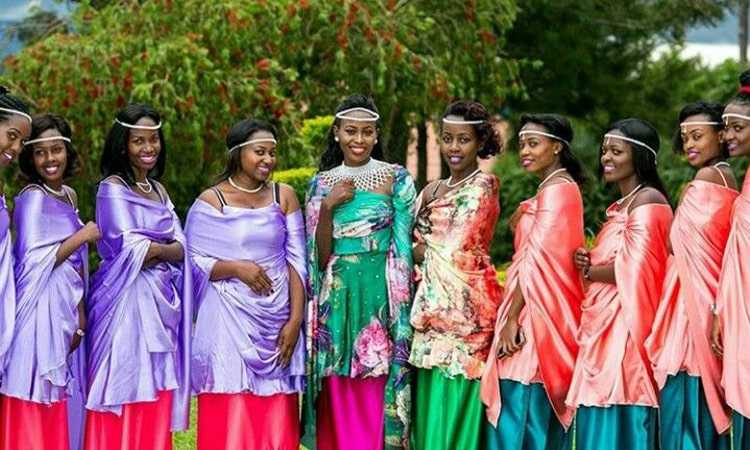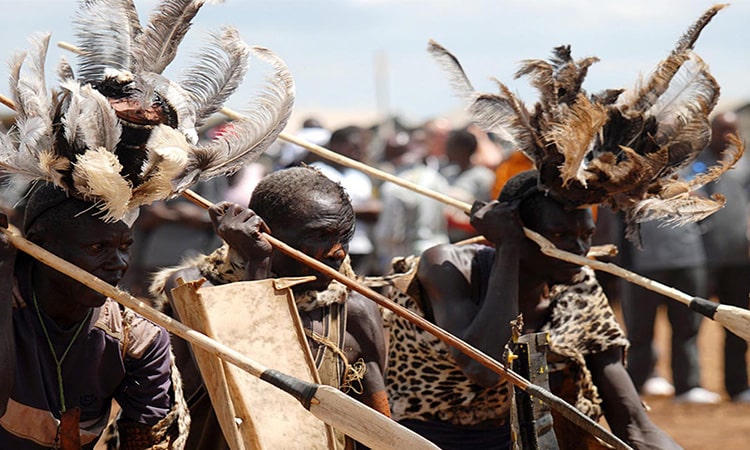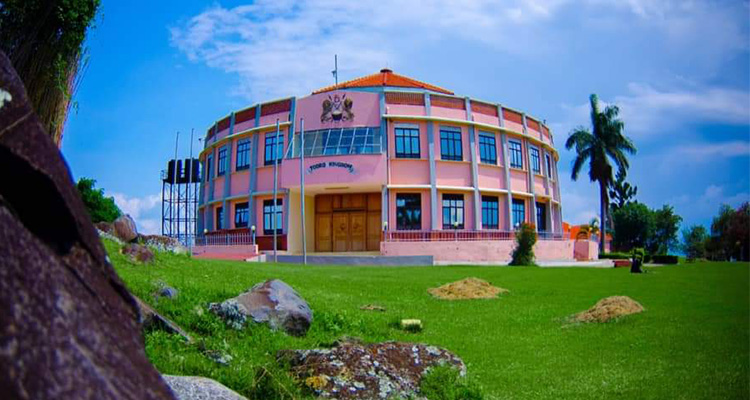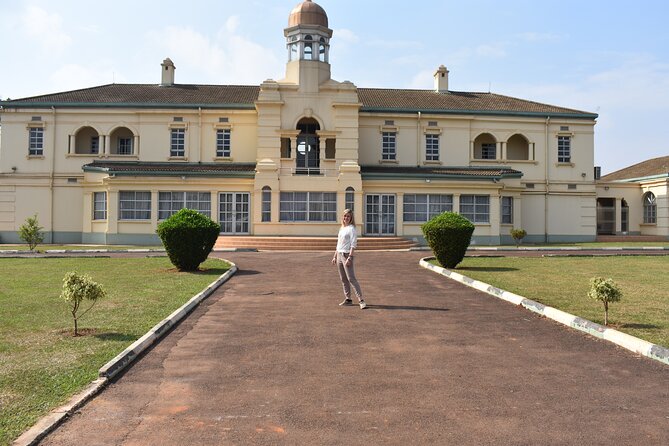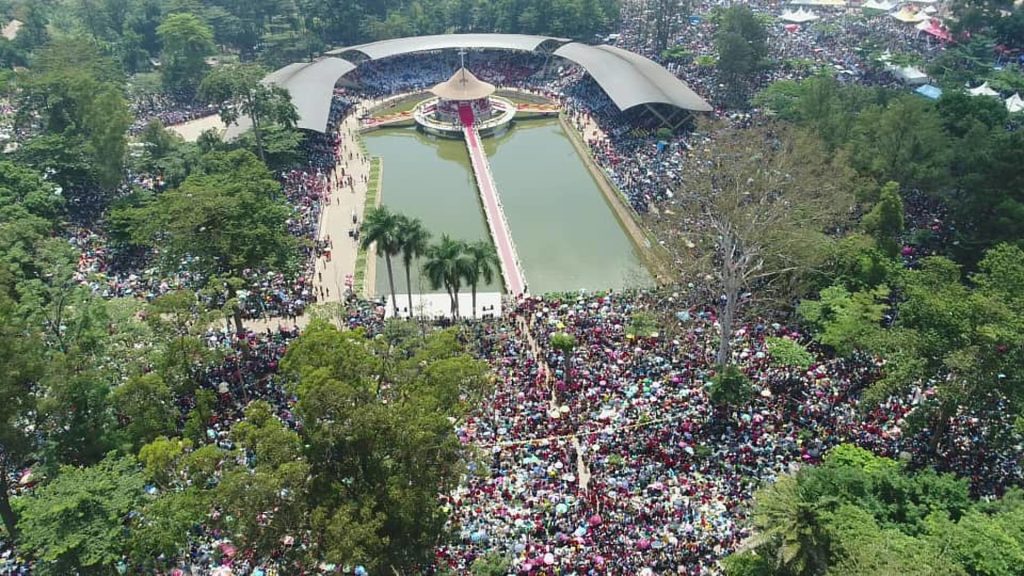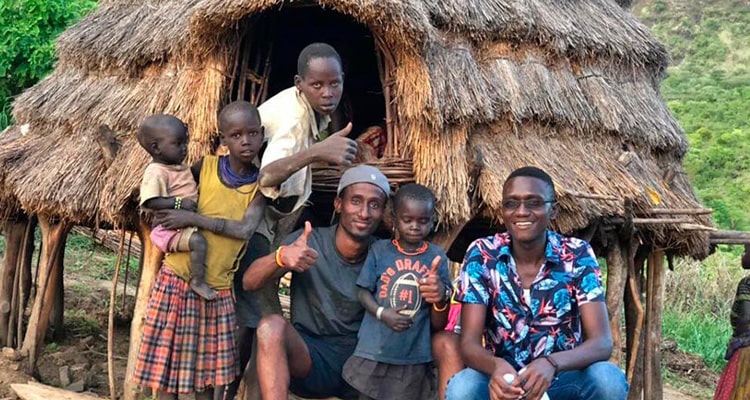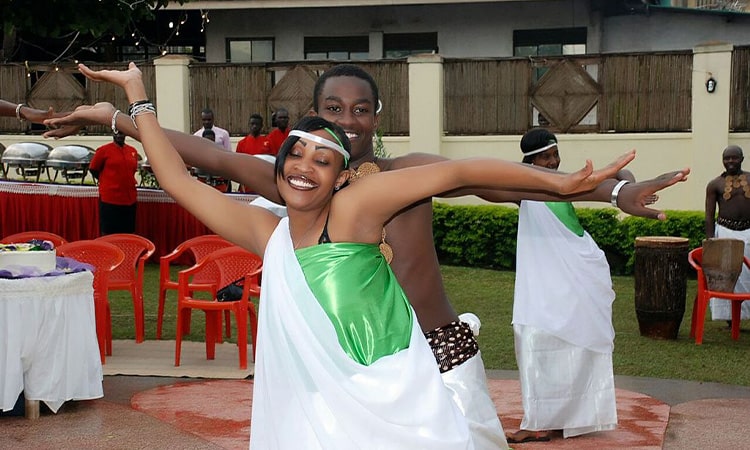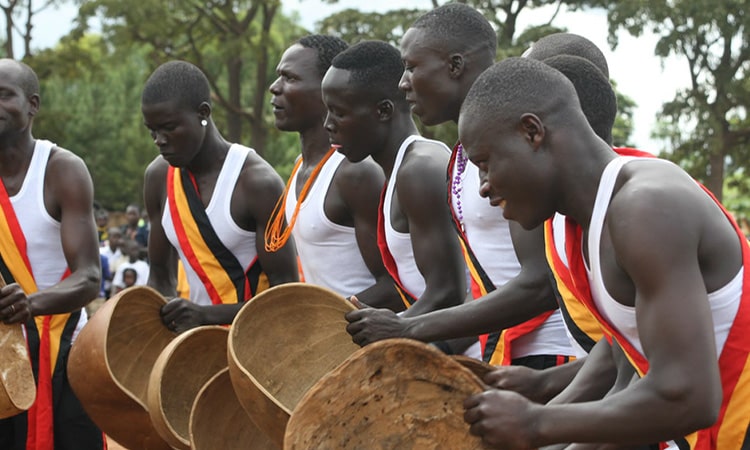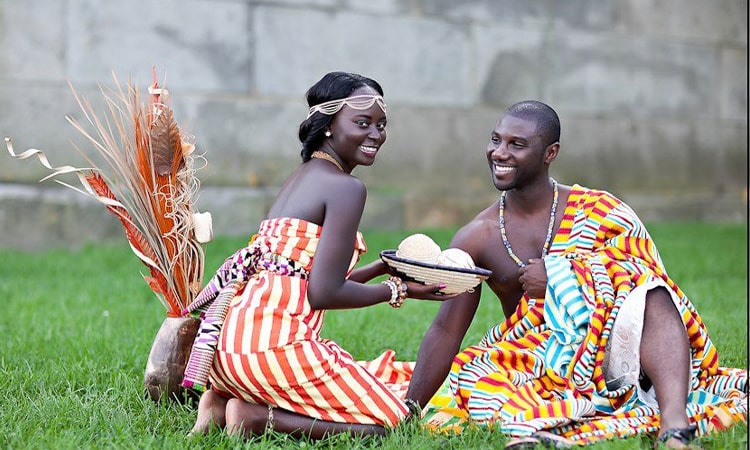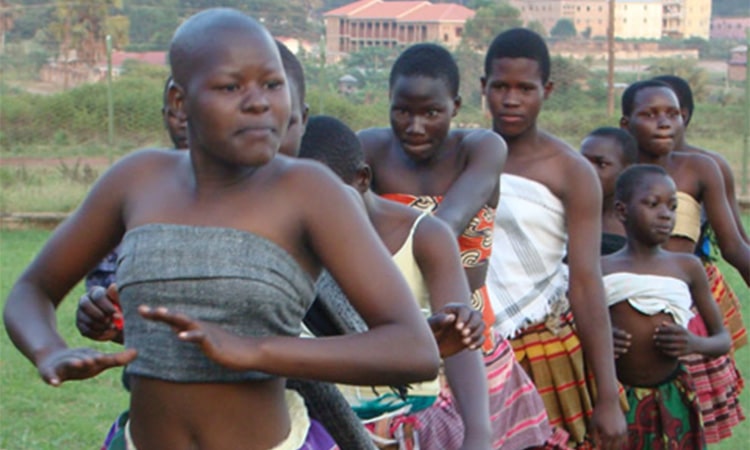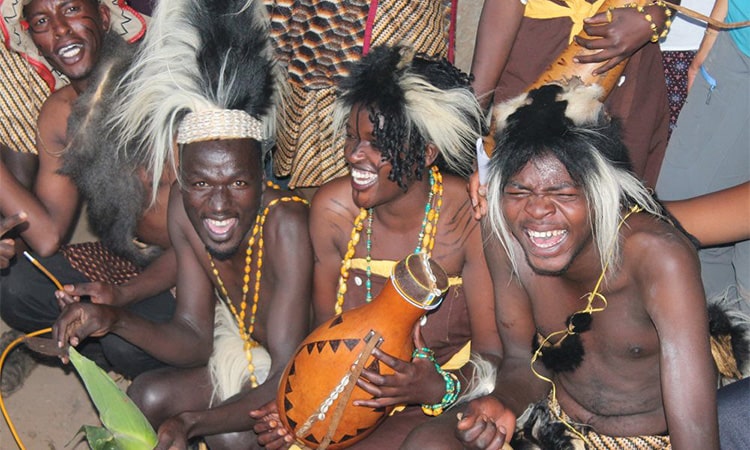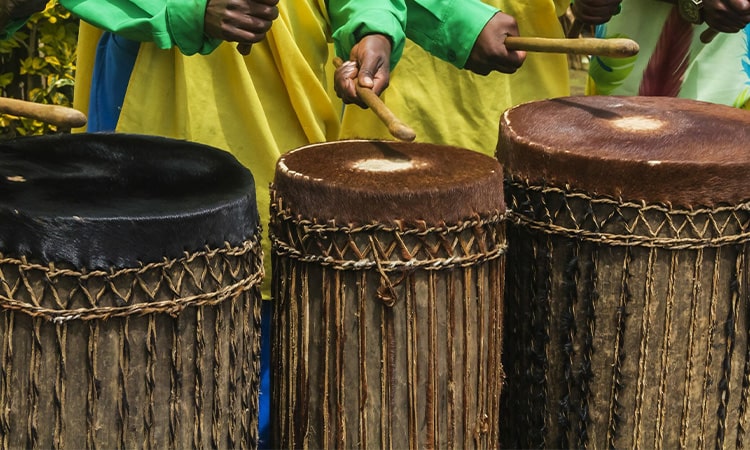Uganda Culture Tours:
Welcome to Uganda, a country known for its rich cultural heritage and diverse cultural communities. At Webstarsafaris, we offer tailor-made cultural safaris that allow you to immerse yourself in the local way of life and experience the authentic traditions and customs of Uganda.
Our Uganda cultural tours take you to traditional villages where you can witness cultural ceremonies such as dances, storytelling, and drumming. You will have the opportunity to interact with the locals and learn about their unique way of life. Our knowledgeable guides will introduce you to the customs and beliefs of each community, providing insights into the rich cultural history of Uganda.
Uganda is home to several ethnic groups, including the Bantu, Nilotic, and Central Sudanic peoples, each with their distinct cultural practices. Our cultural safaris provide an opportunity to learn about the different cultural communities and their customs. You can try local food and crafts and even participate in traditional ceremonies if you wish.
Our tailor-made cultural safaris are designed to meet your specific needs and interests. Whether you’re interested in learning about the traditional hunting and gathering practices of the Batwa community or exploring the rich musical traditions of the Baganda people, we have a tour for you.
Our cultural safaris not only offer an opportunity to explore the diverse cultural heritage of Uganda but also provide a chance to contribute to the local economy. By supporting local communities, we strive to create sustainable tourism that benefits both visitors and locals.
HIGHLIGHTS ON UGANDA CULTURAL TOURS
With a diversity of cultures, Uganda is one of those interesting countries to visit in Africa and in the world. The different cooking styles, dress codes, cultural dances and music, the different forms of art and the uniqueness of each and every culture in Uganda attract many travelers each year.
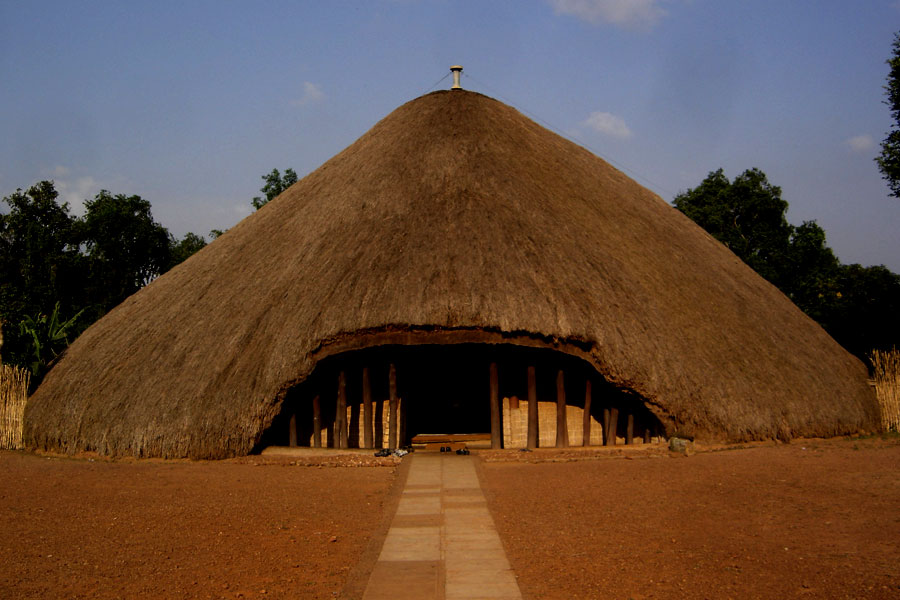
Visit the Kings Palace in Mengo and Parliament
The Lubiri or Mengo palace is one of the residents of the Kabaka (King) of Buganda. It has a striking colonial architecture and covers an area of four square miles. The palace was built in 1885 and is hence a great place to go if one is interested in learning more about the history of the Baganda.
The current Kabaka no longer uses this palace after it was attacked by government forces during the reign of his father Muteesa II. Visitor are free to visit during the week days. Just opposite the palace is Buganda’s main parliament locally known as Bulange. You can attend one of the parliamentary sessions to witness how the elders of Buganda are discussing issues pertaining to the Kingdom.

Visit to Namirembe and Rubaga Cathedrals
Namirembe Cathedral is the most prominent cathedral for members of the Anglican faith in Uganda just as Rubaga is to Roman Catholics. The Rubaga cathedral was built in 1880 on top of Rubaga hill while that in Namirembe in 1903 on top of Namirembe hill.
Both cathedrals hold the highest offices of the two Christian denominations. It is where their highest ranking Bishops reside. The cathedrals are filled with Christians from around the city and country every Sunday for a chance to pray in the sacred arenas. The cathedrals also have cemeteries/tombs for former priests and bishops who came as missionaries during the early times of Christianity in Uganda.

Baha’i Temple
Bahai Temple is a house of worship also called the Mashriq I’-Adhkar which acts as a spiritual gathering place open to all people in the world. Bahai faith was introduced in Uganda in 1951 which makes it one of the earliest Bahai communities in Eastern Africa.
Bahai Temple is located in over 2,800 localities throughout the country and has members who represent every tribal religious background. In Uganda, the Bahai Temple was constructed about 50 years ago between 1958 and 1961 on Kikaya hill above every other landscape 3km away in all directions, 4miles from Kampala on Gayaza road.
It is sitting on 52 acres of land, 124 feet high, 44 feet diameter, 84 feet diameter in the interior with a circumference of 265 feet and 55 hectares compound. It was the first Bahai house of worship on the African continent which has become a known landmark in Kampala because of its nature settings of beautiful fruit trees, flowers and the path leading to the dome.
Kasubi Tombs
Kasubi Tombs: The tombs are one of the main treasures of the Kingdom of Buganda and a leading tourism attraction in Uganda. The tombs are found six kilometers away from the city center in Kampala. The tombs are a UNESCO World Heritage site and receive (used to receive) thousands of visitors in a year. You can easily reach it from Makerere University using the road to Rubaga and Mengo.
The Kasubi tombs are the main burial grounds for the Kings (Kabakas) of Buganda as well as other royals. Four Kings of Buganda are buried in the tombs including Mutesa II, Mwanga II, Daudi Chwa and Mutesa I.
A large part of the tombs was recently destroyed by fire set up by unknown people. This triggered a wave of protests and demonstrations by Baganda loyalists. The culprits have never been caught and a lot of speculations remain. Renovations have been taking place to bring it back to its former state with funding from the Uganda and Japanese government.
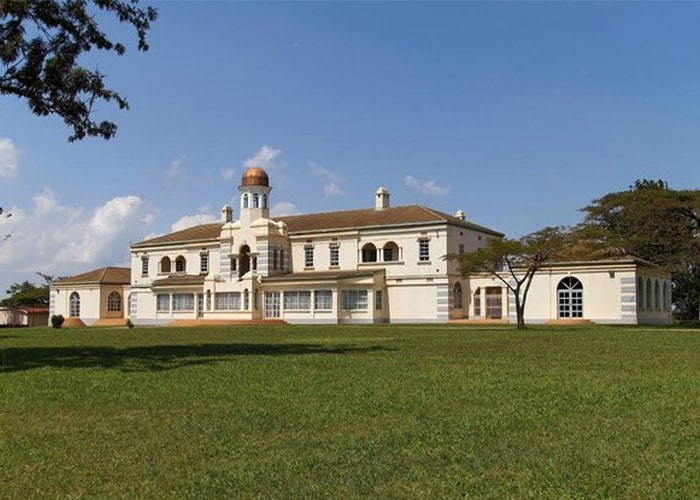
Uganda Martyrs Shrine in Namugongo
The Namugongo Martyrs Shrine is one of the most visited religious sites in Africa. Each year on the 3rd of June, millions of pilgrim’s flock the shrine to commemorate the death of 25 Christians of both the Anglican and catholic denomination who refused to give up their faith even in the face of death.
In 1886, Kabaka Mwanga II of Buganda ordered the death of many Christians whom he felt had stopped respecting him after converting to Christianity. He found foreign religion a threat to his rule and control over his people.
Several Christian from all denominations were brutally killed on the orders of the King in an attempt to stamp his authority. June 3rd is a public holiday in Uganda and both protestants and Catholics visit their respective shrines to pay homage to the martyrs.

The Uganda Museum
The Uganda museum was built to help preserve Uganda’s history. The museum is without doubt the best place to visit if one is interested in learning about Uganda’s history and cultural heritage. This history and heritage is demonstrated through a collection of instruments, artifacts and recordings.
The Uganda Museum was first built in 1908 but has undergone a series of renovations in the interior to give it a more modern look. Several instruments and tools are available to describe or demonstrate what Uganda was and is. They include musical instruments, traditional weapons (spears, arrows and bow), drums and archaeological remains to mention but a few.
